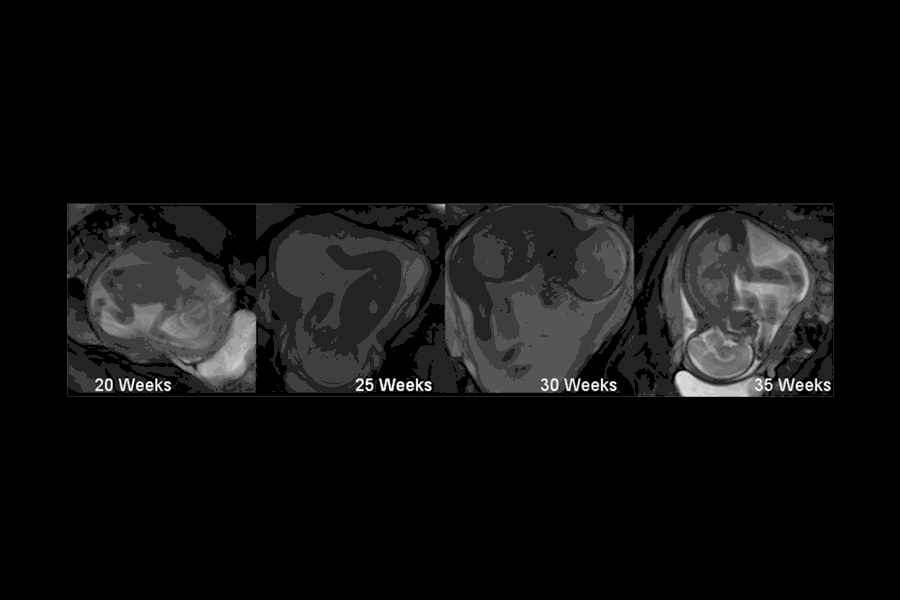Little Legs, Big Impact: Baby's Kicks Pack a Punch in Mom's Womb

Babies aren't so wimpy after all; their kicks in the womb pack about 10 lbs. (4.8 kilograms) of force, according to a new study.
The study, from researchers at Imperial College London, is the first to quantify babies' kick forces in the womb and the amount of stress that moving around puts on the fetal skeleton, the researchers said.
The researchers used MRI scans of fetuses in their mothers' wombs; the scientists also built computer models to track the movements of the fetuses' joints and calculate the force of the kick and the stresses on the bones. [9 Uncommon Conditions That Pregnancy May Bring]
The study found that the force of the fetal kicks increased during the period between 20 and 30 weeks of gestation. This force went from about 6.5 lbs. (29 Newtons) of force at 20 weeks to 10.5 lbs. (47 Newtons) at 30 weeks. But by 35 weeks, the strength of the fetal kicks had decreased to 3.8 lbs. ( 17 Newtons) of force. This decrease likely occurs because, in late pregnancy, the fetus has less room to move around, the researchers said.
All that kicking plays an important role in fetal development; the stresses on the skeleton likely help with bone and joint formation, the researchers said.
The study was published today (Jan. 24) in the Journal of the Royal Society Interface.
Original article on Live Science.
Sign up for the Live Science daily newsletter now
Get the world’s most fascinating discoveries delivered straight to your inbox.

Rachael is a Live Science contributor, and was a former channel editor and senior writer for Live Science between 2010 and 2022. She has a master's degree in journalism from New York University's Science, Health and Environmental Reporting Program. She also holds a B.S. in molecular biology and an M.S. in biology from the University of California, San Diego. Her work has appeared in Scienceline, The Washington Post and Scientific American.
Man gets sperm-making stem cell transplant in first-of-its-kind procedure
'Love hormone' oxytocin can pause pregnancy, animal study finds










